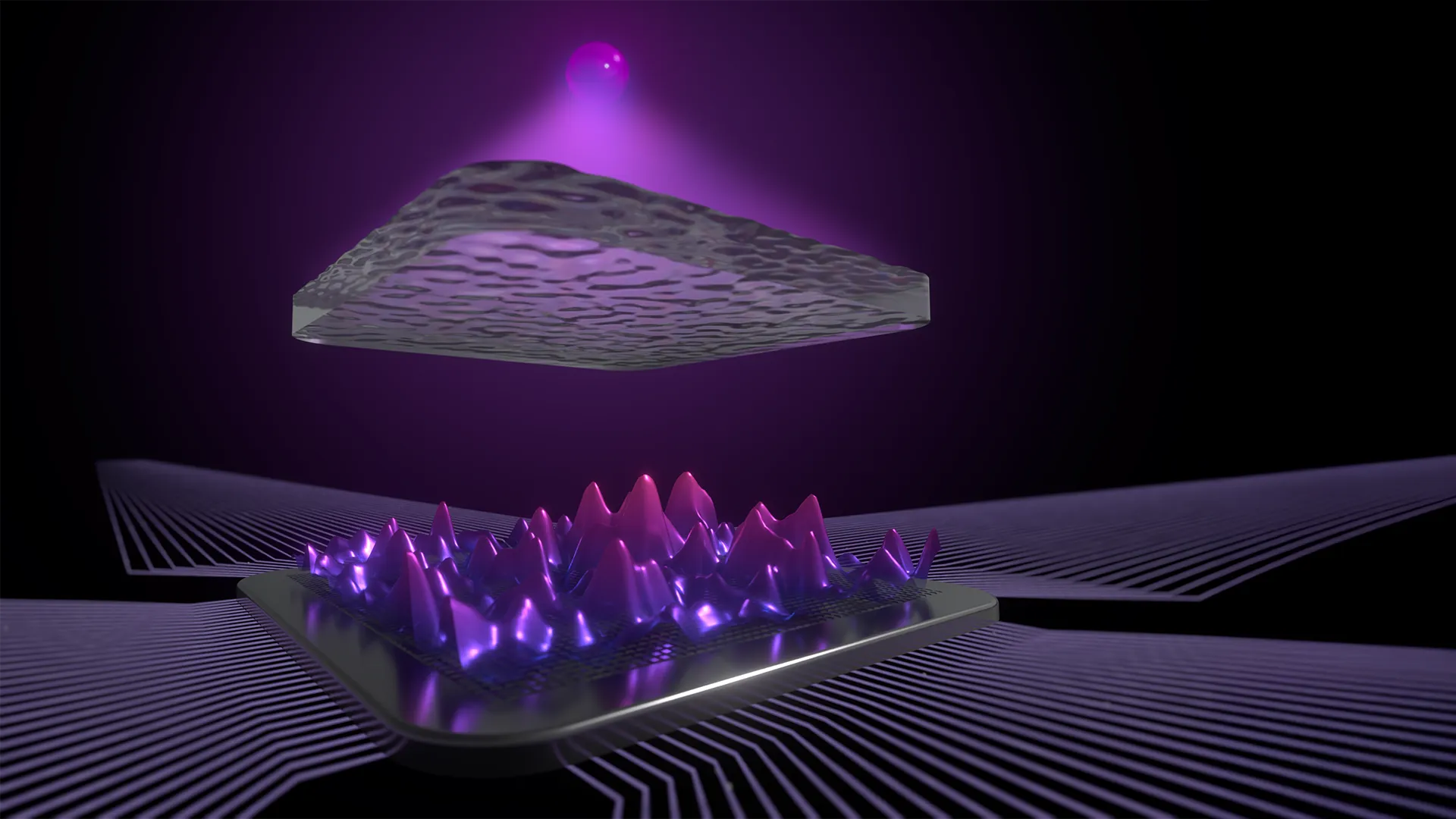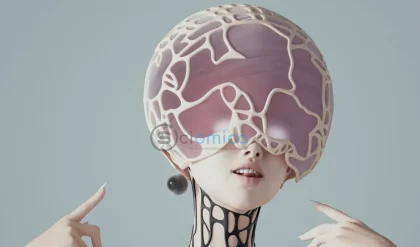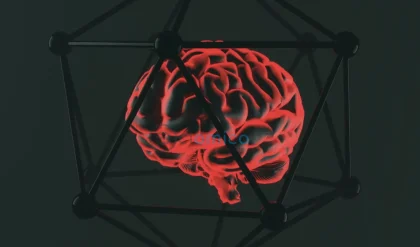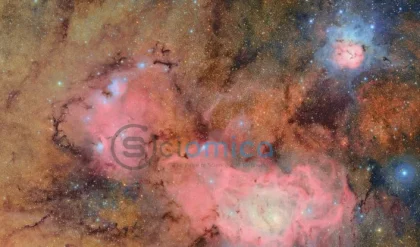
In a groundbreaking study, researchers from TU Wien in Vienna, the University of Glasgow, and the University of Grenoble have tackled a persistent question in the field of optics: what is the absolute limit of precision possible with optical methods? For over 150 years, it has been known that no imaging system—be it a microscope or a camera—can achieve infinite sharpness due to fundamental resolution limits. This limitation arises not from technological shortcomings, but from the very nature of light and the transfer of information itself.
Prof. Stefan Rotter, from the Institute of Theoretical Physics at TU Wien, emphasized the challenges inherent in measuring the position of objects obscured by opaqueness. He described a scenario where observers try to discern a small object concealed behind a cloudy glass. The resulting image is not a clear depiction but a complex distribution of light and shadow. The key question, he argues, is understanding how accurately one can infer the actual position of the object from such distorted visuals and identifying the theoretical boundaries of that precision.
This query bears significant implications for fields like biophysics and medical imaging, where light scattering in biological tissues often obscures underlying structures. Understanding how much of that scattered light can be used to recover information about deeper layers is critical. This investigation is rooted in a fundamental measure known as Fisher information, which quantifies how much knowledge an optical signal can convey about an unknown parameter, such as the position of an object. If the Fisher information is low, precise measurements become elusive, regardless of the sophistication of the analytical techniques applied.
To experimentally explore these theoretical concepts, Dorian Bouchet from the University of Grenoble, along with Ilya Starshynov and Daniele Faccio from the University of Glasgow, designed and conducted a pivotal experiment. They directed a laser beam at a small, reflective object submerged within a turbid liquid, generating highly distorted light patterns. The varying conditions of turbidity elicited different challenges in acquiring precise positional data.
Maximilian Weimar, a co-author of the study from TU Wien, noted that while these images initially appear chaotic to the naked eye, they serve as rich training material for neural networks. By inputting a vast number of images—each annotated with the known positions of the objects—the neural network was able to learn the complex relationship between pattern and position. After extensive training, it demonstrated an impressive ability to accurately determine object positions even when faced with previously unseen patterns.
The results are particularly striking. The precision achieved by the AI-assisted algorithm fell just shy of the theoretical maximum calculated based on Fisher information. Prof. Rotter remarked on the significance of this finding, asserting that the team’s algorithm is not only highly effective but nearly optimal, operating at the threshold dictated by the laws of physics.
This breakthrough could set the stage for significant advancements in optical measurement techniques across various domains, including medical diagnostics, materials science, and quantum technology. The research team aims to collaborate with experts in applied physics and medicine in future endeavors, focusing on the practical application of these AI-enhanced methods in real-world systems, potentially revolutionizing how we capture and analyze images in complex environments.
Reference:
- Ilya Starshynov, Maximilian Weimar, Lukas M. Rachbauer, Günther Hackl, Daniele Faccio, Stefan Rotter, Dorian Bouchet. Model-free estimation of the Cramér–Rao bound for deep learning microscopy in complex media. Nature Photonics, 2025; 19 (6): 593 DOI: 10.1038/s41566-025-01657-6






